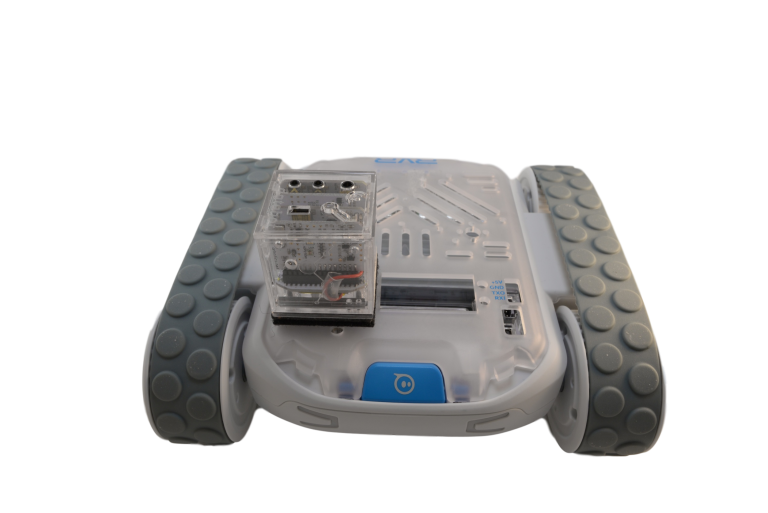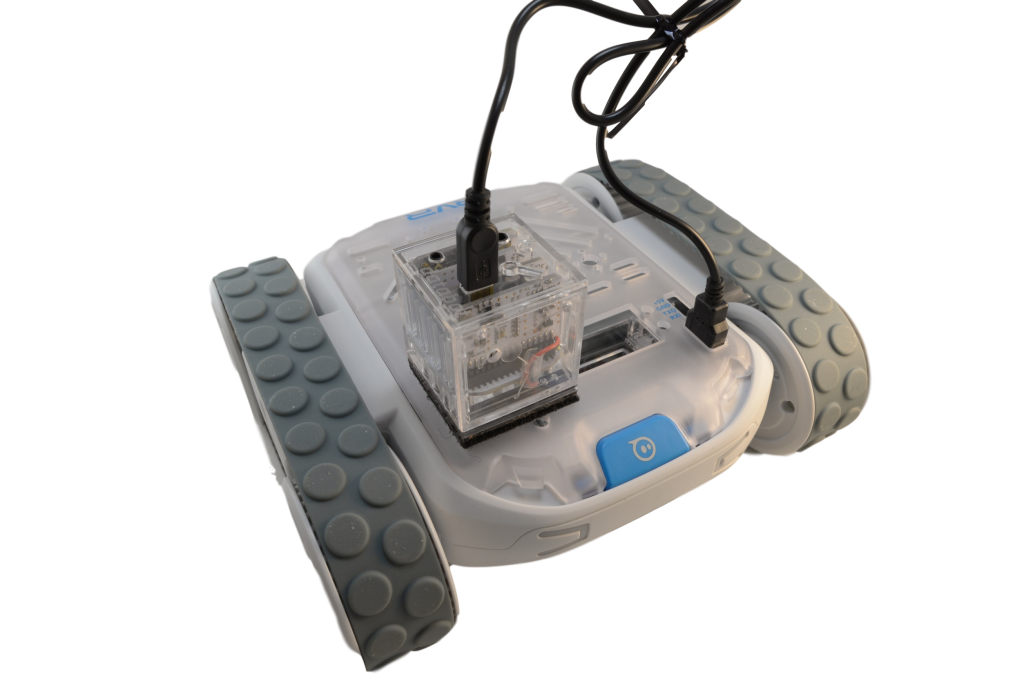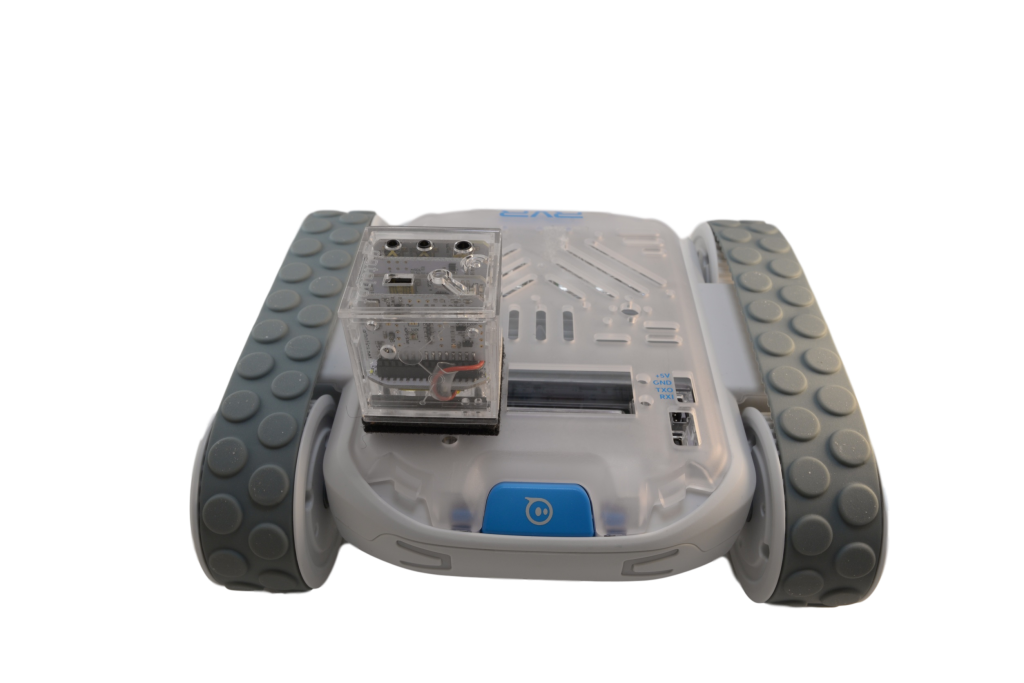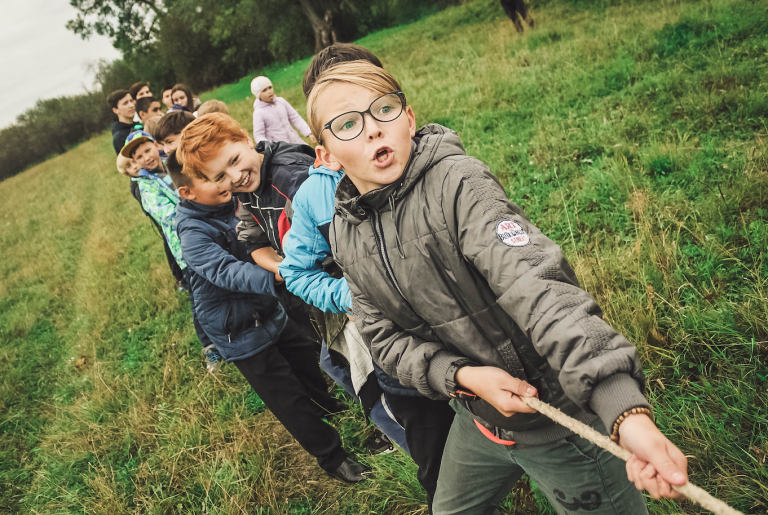Team Challenge – Procedure
Divide students into 2-person teams, they will go through a mission format that includes the following stages:
Discovery and Background: Students are presented with background information that includes important information on the subject and topic. For example, what are Volatile Organic Compounds and why are they significant.
Mission Presentation: In this stage students are presented with the problem or challenge they will be attempting to solve. The challenge will be focused on some aspect of the background information studied in stage 1.
Mission Planning: In this stage the students work together, select their roles, develop a hypothesis on what they will discover, and plan how they will work together to conquer the challenge. A good mission plan will include a clear statement of the team hypothesis, diagramming or sketching out potential routes for the RVR, clearly defining the points at which sensor data will be collected, what types of sensor data is required, and the other types of observations that will be collected including notes and pictures. Student teams should practice their plan until they can execute flawlessly. The execution of a perfect mission relies on good planning, just like in real-life!
Mission Execution: The Big Enchilada – it’s time to execute! After a careful plan is developed and practiced the two-student team gets to execute their plan, collect data and notes, and prepare for the post-mission analysis. Some challenges will be timed as well, so planning and practice will pay off in efficiency and extra points. Good luck Team!
Post Mission Analysis: Once students complete their mission they work together to analyze their findings and prepare a report and/or presentation of their results including the data collected and other observations to support or disprove their initial hypothesis formed in the planning stage.
Mission Report: This analysis and reporting can be turned in as a report or done as a class presentation depending on the time and preference of the teacher.

 The awesome team at Sphero was kind enough to let their latest hotrod family member, the RVR, come over to
The awesome team at Sphero was kind enough to let their latest hotrod family member, the RVR, come over to 





